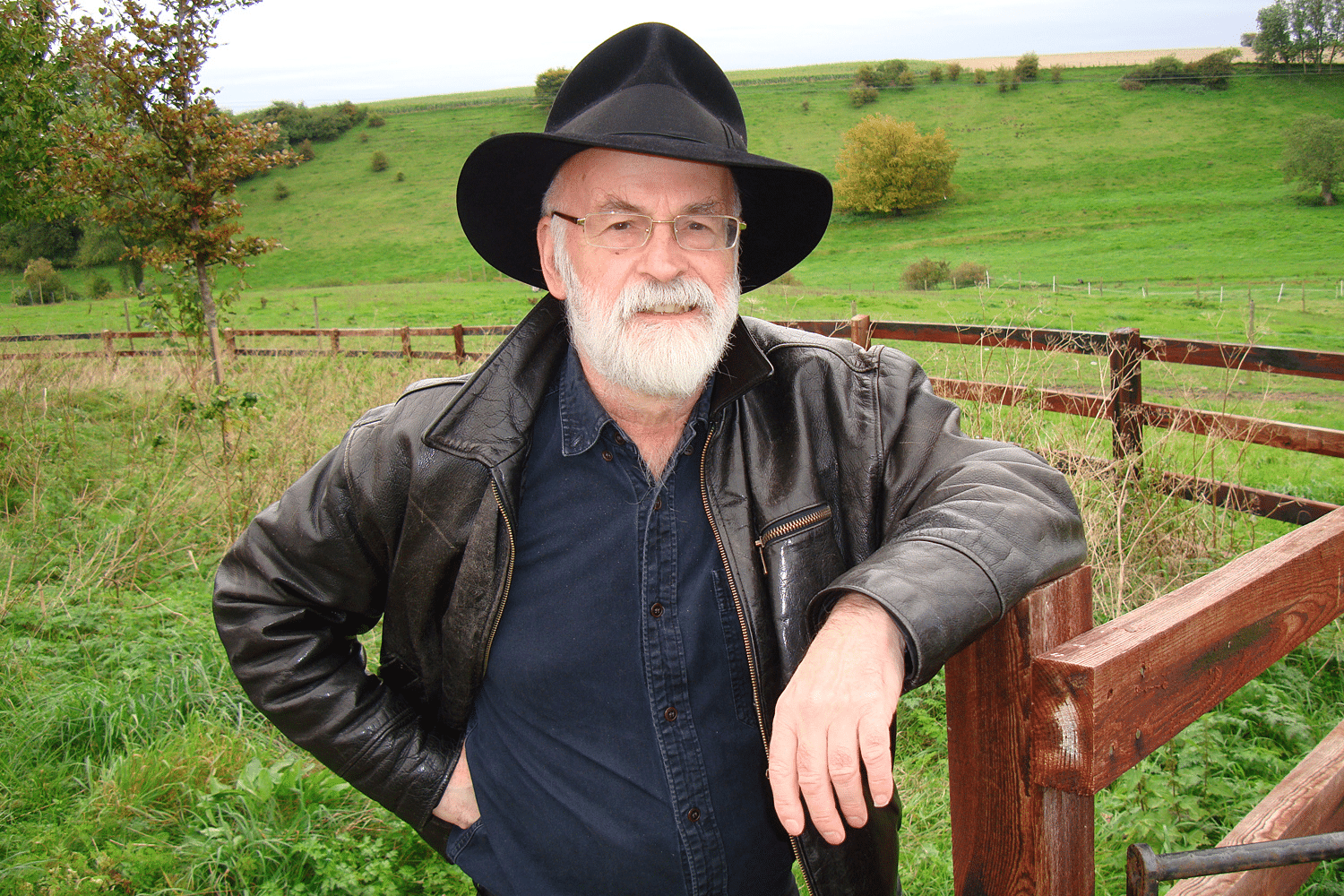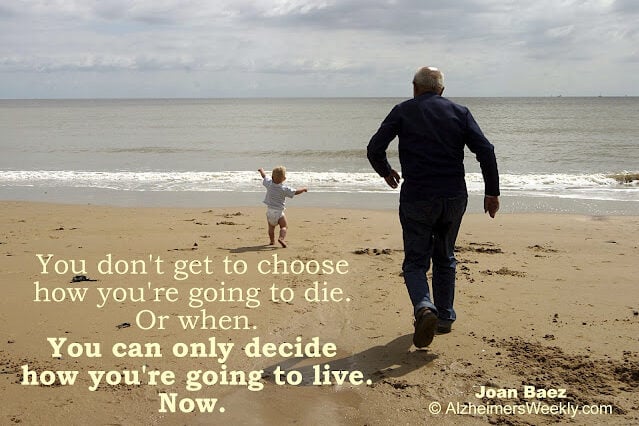
Today’s Brains are 6% Larger with 20% Less Dementia
A long, long time ago (1930), brains were smaller. Are today’s bigger brains connected to improvements in rates of dementia?

A long, long time ago (1930), brains were smaller. Are today’s bigger brains connected to improvements in rates of dementia?

Trontinemab is a very exciting experimental drug, showing great promise in rapidly clearing Alzheimer’s amyloid plaques from the brains of affected individuals, with remarkably little side effects.
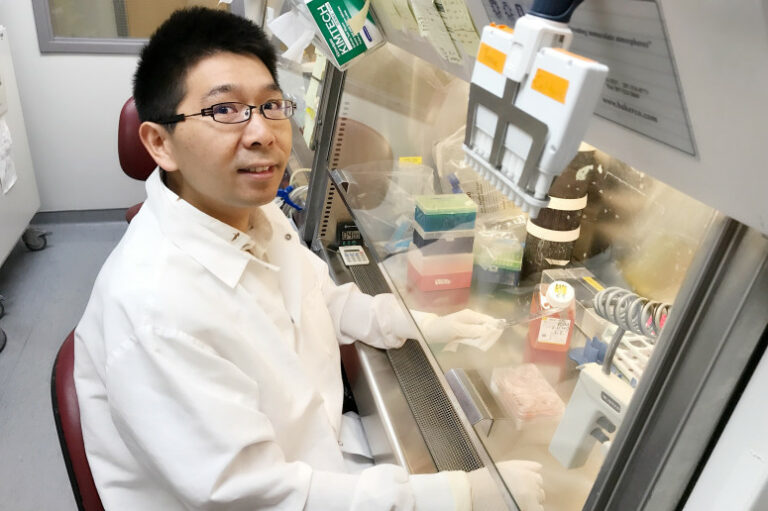
The first 3D-printed brain tissue that can grow and function like typical brain tissue is a major breakthrough for scientists in search of an Alzheimer’s cure.
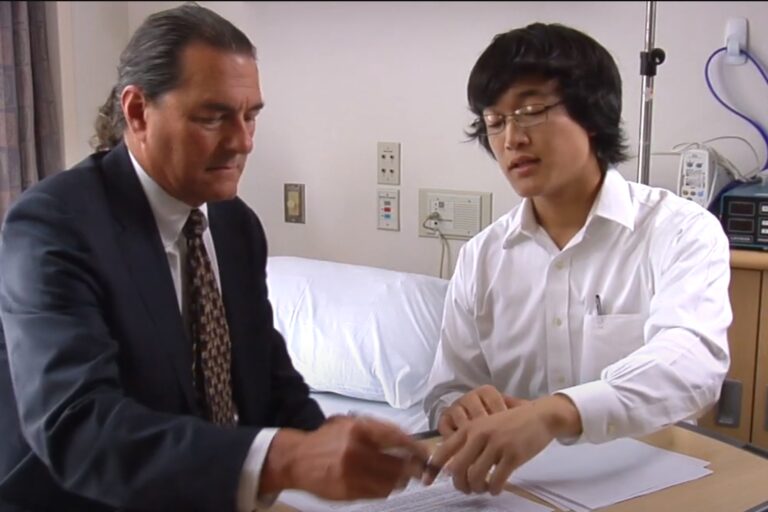
Walk through the various steps that occur as a person participates in the Alzheimer’s Disease Neuroimaging Initiative (ADNI) project.
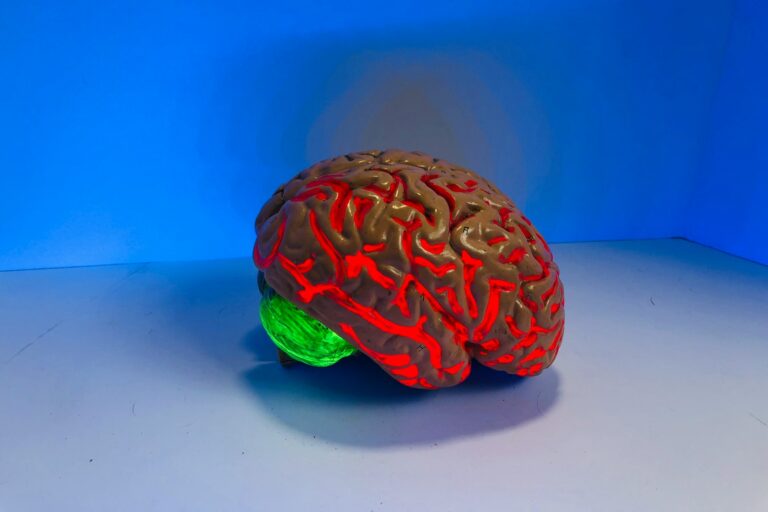
Researchers found the walls of the brain’s small arteries are also affected in Alzheimer’s, reducing blood flow. Learn about this new treatment target.

Find out how two biomarkers in saliva diagnose pain in dementia, effectively and non-invasively.

VIDEO+ARTICLE: Kenneth S. Kosik traced an Alzheimer’s gene mutation to a 16th century founder. See him solve this puzzle of the past and show why this can help the future.

In “SUNDOWNING SYNDROME,” people with dementia show high levels of anxiety, agitation, overactivity and delirium. It typically occurs in late afternoon and evening, before their normal time to go to bed. Learn how brain biology explains “sundowning.”

Lecanemab, the newest Alzheimer’s drug, is getting a boost by focusing ultrasound waves on the blood-brain barrier. Learn more about this next step in delivering better Alzheimer’s treatments.

“It is exciting to see efficacy of potential new drugs for Dementia with Lewy Bodies, the most common dementia after Alzheimer’s. It is a huge area of unmet need,” said Dr. Marwan Sabbagh.

DEMENTIA & HOLIDAY PLANS: Relatives with dementia may be frail or have special emotional, mental and physical health needs. Check out these ways to help them enjoy the holiday season.

Three major GLP-1 trials came out in late 2025. One weight-loss drug slowed early Alzheimer’s decline, while two others failed. Surprisingly, this mixed pattern may point the way toward a promising new treatment direction.
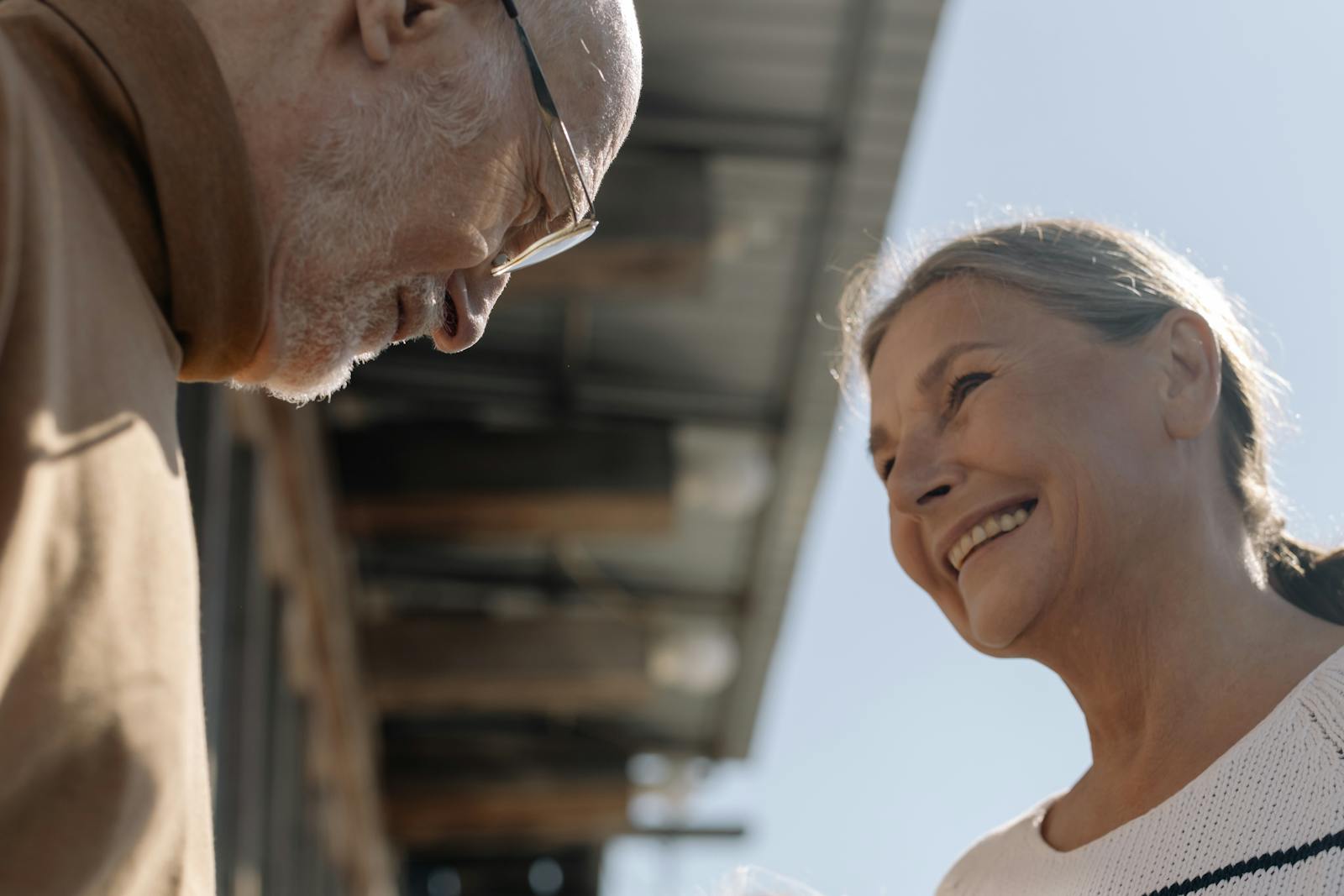
New long-term data suggests lecanemab could delay the shift from mild memory loss to moderate Alzheimer’s by up to eight years—offering families precious time and renewed hope.

It is one of the most beautiful Compensations of this life thatNo man can sincerely try to help anotherWithout helping himself.
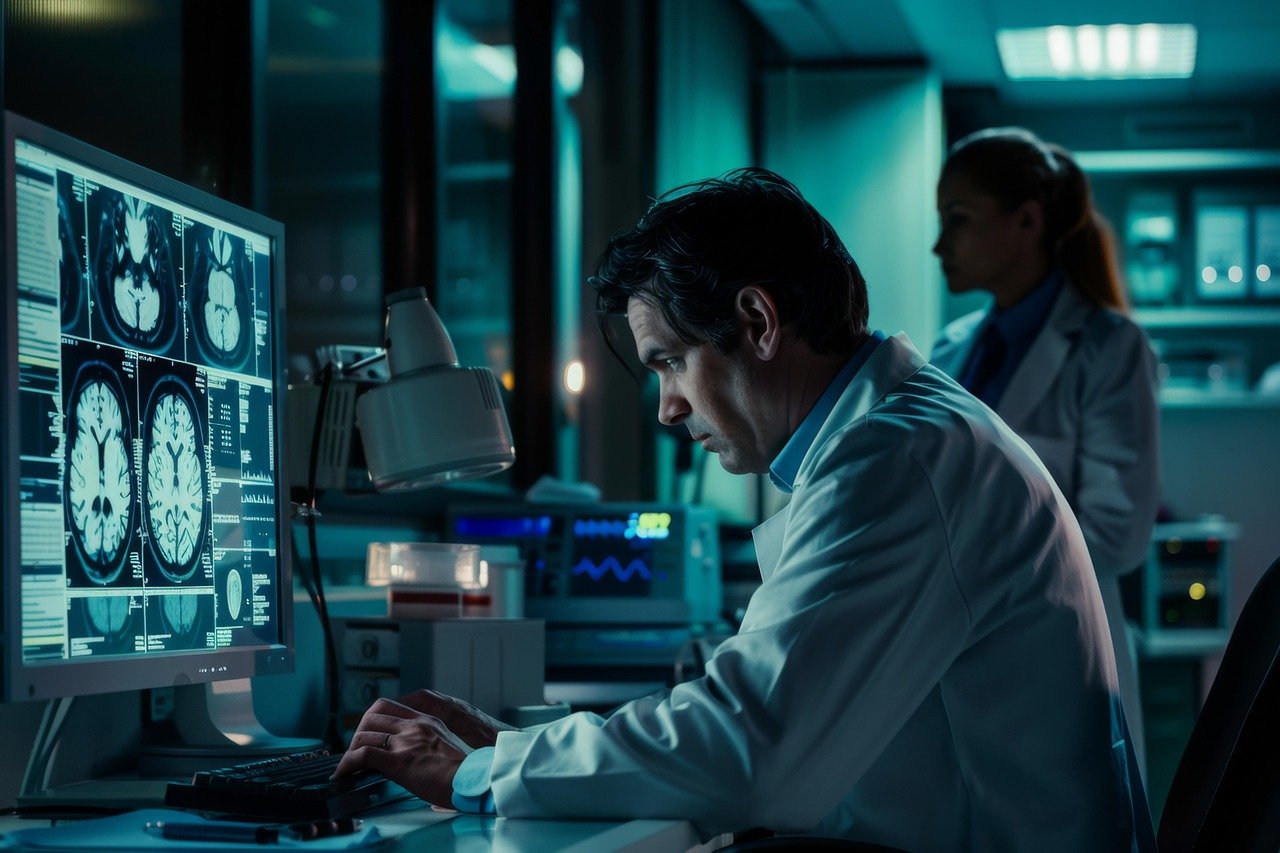
What are the early symptoms of Alzheimer’s? When to get a professional evaluation.

SHORT-TERM MEMORY lapses are obvious signs of Alzheimer’s, but other tell-tale signals begin to show much earlier. Learn how to look for semantic impairments, such as simple questions about size.

Three important dementia studies focus on HS-AGING, a type of dementia almost as common as Alzheimer’s in the 85+ group. Yet few people have heard of it. Why? What makes it different?
No spam, only news and updates.
